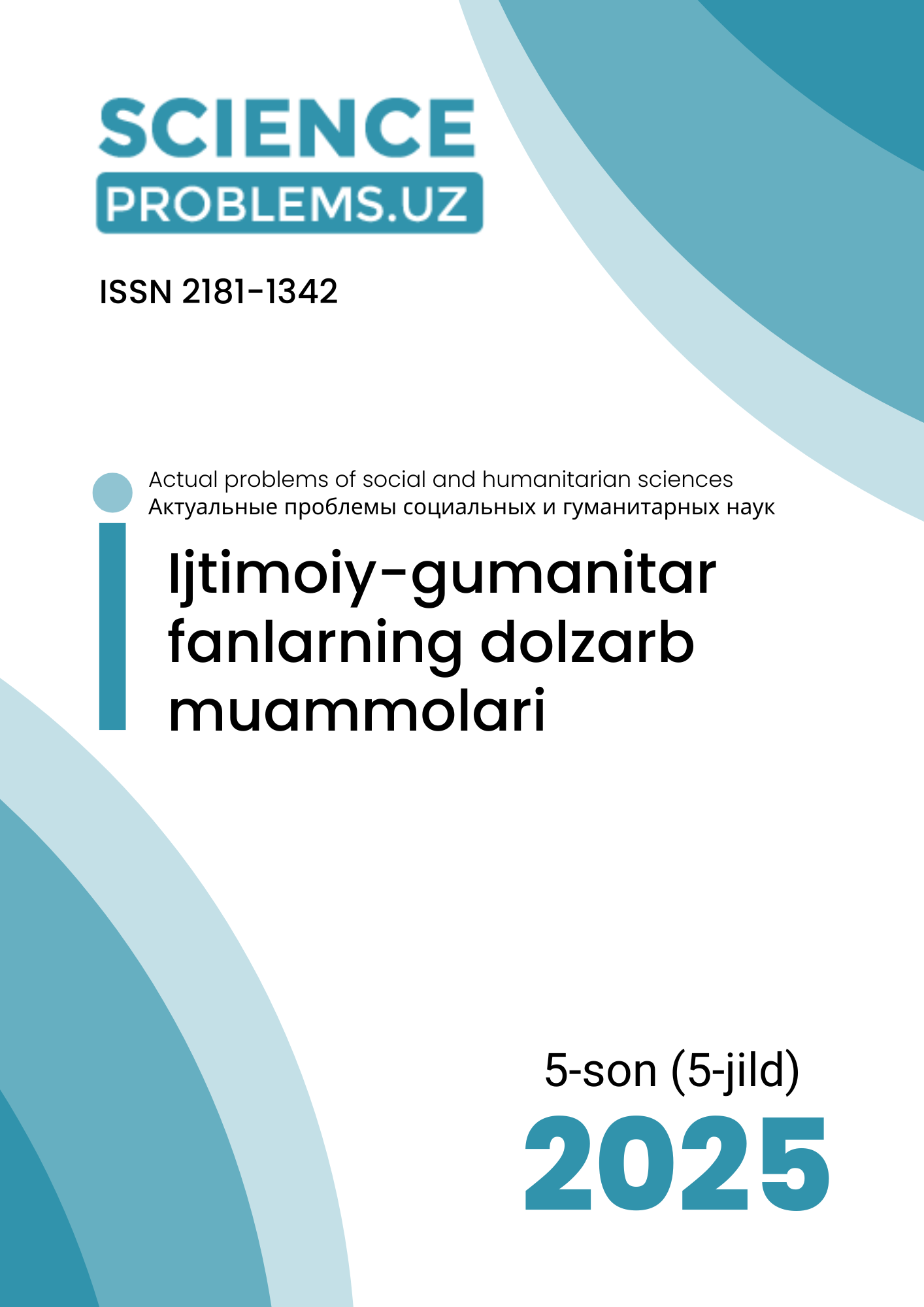STRATEGIES FOR DEVELOPING INTERCULTURAL COMPETENCE IN MULTIETHNIC SCHOOLS: THEORETICAL FOUNDATIONS AND PRACTICAL APPROACHES
DOI:
https://doi.org/10.47390/SPR1342V5I5Y2025N88Keywords:
intercultural competence, multiethnic school, tolerance, communication, education.Abstract
This article explores the relevance and necessity of developing intercultural competence in multiethnic school environments. It analyzes pedagogical and organizational strategies aimed at fostering tolerance, communicative culture, and intercultural dialogue among students. The article discusses challenges in the context of Uzbekistan and offers recommendations based on international practices.
References
1. Deardorff, D.K. (2006). The Identification and Assessment of Intercultural Competence. Journal of Studies in International Education, 10(3), 241–266.
2. Banks, J.A. (2008). An Introduction to Multicultural Education. Pearson Education, Boston.
3. UNESCO (2021). Intercultural Competences: Conceptual and Operational Framework. Paris: United Nations Educational, Scientific and Cultural Organization.
4. О‘zbekiston Respublikasi Xalq ta’limi vazirligi (2022). Tolerantlik va fuqarolik tarbiyasi bo‘yicha milliy dastur. Toshkent.
5. Gay, G. (2010). Culturally Responsive Teaching: Theory, Research, and Practice. Teachers College Press.
6. Byram, M. (1997). Teaching and Assessing Intercultural Communicative Competence. Multilingual Matters, Clevedon.
7. Nieto, S. (2010). Language, Culture, and Teaching: Critical Perspectives for a New Century. Routledge.
8. OECD (2018). Preparing Our Youth for an Inclusive and Sustainable World: The OECD PISA Global Competence Framework. Paris: OECD Publishing.
9. Liddicoat, A.J. & Scarino, A. (2013). Intercultural Language Teaching and Learning. Wiley-Blackwell.
10. Халқаро таълим ассоциацияси (2020). Кўп миллатли мактабларда фаолият юритиш бўйича услубий қўлланма. Тошкент: IES Uzbekistan.








